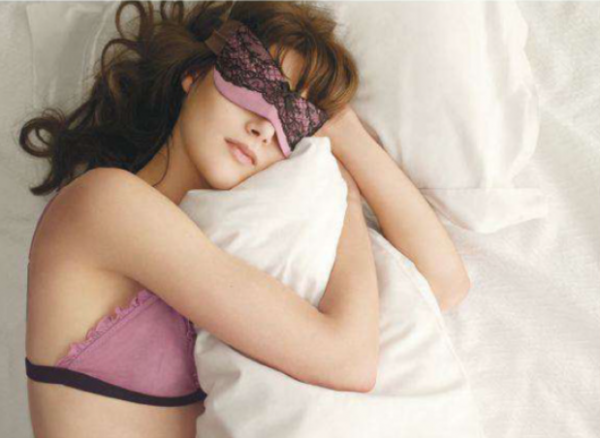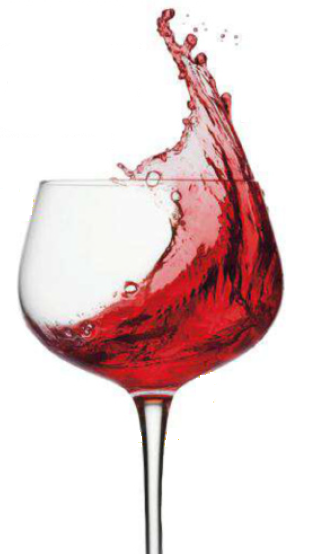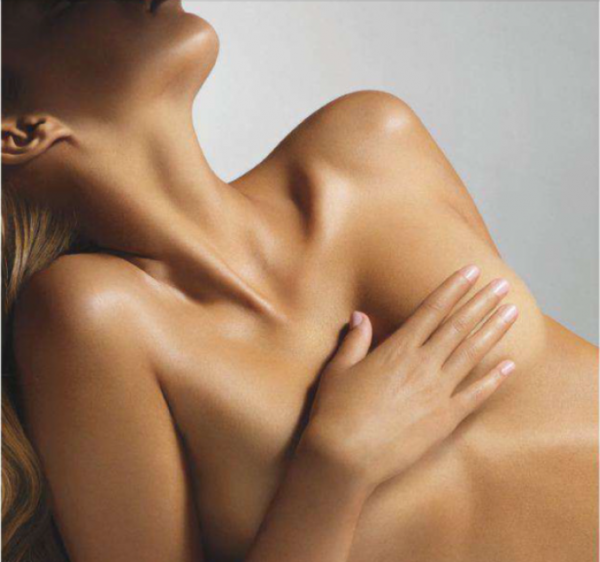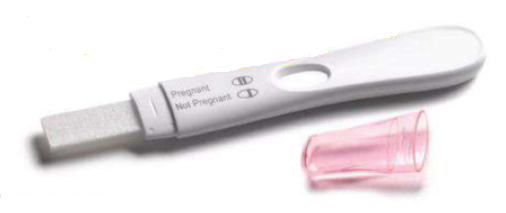Precaution is better than cure.
Breast Cancer is the disease which most of the women fear about. As its been the most fearful disease which strikes one in eight of the women at some point of their lives, as more than 70 percent of them does not have any family history or dense breasts. But now a days the news about this scary and too- common illness effect less due to the improved detection and treatment methods, survival rates have been tripled over the past 60 years.
According to the research 85 percent of breast cancer cases that occurs in a women which are having no family history. You can get more information at breastcancer.org. So now we are going to learn how to reduce the risk.
You already know that to keep your stress in check, you have to eat plenty of fresh fruits and veggies, and stay active may tip the odds in your favor. So here are the factors to reduce the risk.
Get good sleep

We could be a 24- 7 society but we should resist burning the midnight oil. If you are getting sleep for less than six hours then that can cause low- grade inflammation which may lead to cancer but this result is not conclusive. However, the greatest danger is for the 15 million people who work on the graveyard shifts. The two international studies this year found that the people who work in the wee hours are 30 to 40 percent more likely to develop this disease called breast cancer. As they work, sleep, and eat at the wrong time when the body is not prepared for these activities, so they may suffer from ‘circadian misalignment’. So if you can’t follow a day- for- night schedule then you should ask your physician for advise.
Get smart about screening
The mammogram debate has been in raged since 2009, when some of the breast cancer prevention centers says that the women who are around 50 starts having average risk, but meanwhile some other groups suggest the beginning of the risk at 40. So there is not sufficient evidence to recommend for or against the universal screening in any age group.
If you or your doctor detects a lump then you certainly need the test. But the benefits for those without symptoms have been oversold. So we can say that the early detection can save lives but not as many as you may think of. This is being noted that for every life saved by mammography, two to ten women are over diagnosed which means that they receive the treatment they did not needed. So its true that deciding about the risks of screening is a value judgement and it is suggested that you should review the pros and cons with your doctor.
Glass of Red

The prevailing wisdom has held that even moderate drinking raises your risk. But the recent study adds an interesting nuance that the women who downed 8 ounce of red wine every night for a month has a lower estrogen levels than those who drink white wine. This is due to the research that antioxidants in red grapes may mimic the effects of estrogen- lowering drugs. while results are preliminary, so you can consider switching that chardonnay for a chianti.
Caution should be taken while using CT scans
According to a new study, its being said that the number one environmental factor linked to breast cancer is exposure to ‘ionizing radiation.’ This kind of radiation is found in CT scan, which your doctor might order for any number of reasons such as chronic headaches or back pains. CT scan is a great diagnostic tool which provide us with a three- dimensional image bit it also emits about 300 to 500 times more radiation than a regular X- ray.

But this does not mean that the scans are totally off- limits as people who truly need it even frequently can have it as in most of the cases the benefits outweigh the risks. But the current estimate suggests that up 30 percent of these tests are not necessary. So if your doctor suggests a CT scan, you should inquire whether if its essential or you can ask the doctor if the more basic X- ray or an ultrasound which does not uses the radiation might be equally useful. Even more important is this that avoid duplication by making sure that your provider knows about any other recent scans that a different physician might have ordered.
You need to be extra vigilant while using IVF
This is a basic question that comes in the minds of many people that do fertility treatments, such as in vitro fertilization (IVF), can cause breast cancer? But the answer to this question is not clear so far. For example, by a study we found out that the women in their 20’s who turned to IVF had much higher risk than those who did not. But also from other research we found that some fertility drug consumers had a lower than average chance of developing cancer.

So in this condition what you can do is that you have to discuss with your doctor if you have any family history of the disease or any other risk factors before choosing for IVF, as you may be a candidate for additional screenings. The most important thing that you should keep in mind is this that never ignore a lump because you may think its hormone- or pregnancy related but if it does not disappear in two weeks then you have to go and check it with your doctor. Other possible warning signs include breast pain, dimpling, and unusual discharge.
Keep moving, be active
As we have all heard of the fact that being active helps keep breast cancer away, but just how much is needed to reap those benefits is the major question whose answer has to be searched. Anew study shows that getting at least 10 hours a week confers the greatest protection, and improve your odds by about 30 percent. Its so true that exercise boost the immune system and keep the radicals in check. Exercise also helps you to control your weight as the women with more fat have higher levels of estrogen which helps the tumor to grow faster. So lace up those sneakers and do everything from lifting weights to walking the dog.







